Acting exclusively on behalf of health and social care providers, my team has become well-versed in managing crisis situations. The crises we encounter vary widely - from adverse regulator ratings to enforcement actions, ranging from warning notices to more severe, sometimes urgent, proceedings to cancel registrations.
Crisis management for care providers involves numerous challenges, and the complexity of the high-paced situation people are placed in can be overwhelming. Beyond the legal proceedings themselves, providers must also consider the reputational risks, media attention, and the impact on stakeholders -most notably, the individuals receiving care.
Preparing for a crisis
No provider can entirely eliminate the risk of a crisis. However, providers can minimise their exposure by ensuring strong governance systems are in place. This includes regular audits, up-to-date policies and procedures, and transparent mechanisms for risk assessment, incident reporting, analysis, and improvement.
No provider can entirely eliminate the risk of a crisis. However, providers can minimise their exposure by ensuring strong governance systems are in place.
Equally important is regular staff training on these procedures, allowing providers to demonstrate that, in the event of a serious incident, they have taken all appropriate steps. As part of this, maintaining thorough records of activities and actions taken in a home are critical to evidencing good practice is being maintained.
Interacting with regulators
Regulatory bodies often initiate what can become a communications crisis - through adverse inspection reports or publicised enforcement actions. Providers must be proactive in understanding the measures they can take to manage these communications. For instance, during an adverse inspection report, there may be a window to submit comments with factual accuracy to better support your case.
Additionally, providers can make representations to the CQC to prevent the publication of a warning notice, even if the notice itself isn't being contested. This is the stage where expert guidance is especially crucial, as these situations can be highly fact specific.
When dealing with Inquests, providers should also be aware of the potential for a Prevention of Future Deaths (PFD) report. A common misconception is that PFDs are only issued when a death results from specific actions or omissions. In fact, the Chief Coroner's guidance clarifies that PFDs can also be issued based on any concern that arises from the investigation. To minimise this risk, providers should thoroughly review and analyse the incident, make necessary improvements, and document those changes before the Inquest occurs.
If efforts to resolve communications at the regulatory level are unsuccessful, issuing a well-crafted public statement or press release can serve as a suitable final measure. By leveraging professional PR expertise and legal counsel, care providers are better placed to get their message out, both effectively and in a compliant manner.
While crises in care are often unpredictable and can present significant challenges, proactive planning and strategic action can greatly mitigate their impact. Ultimately, by preparing thoroughly and seeking professional guidance when needed, providers can navigate crises more effectively, ensuring continuity of care and maintaining trust with stakeholders, especially the individuals and families who rely on their services.



